Dairy Barn Tour of the USA and the Netherlands – Part 1
We recently travelled to the USA and the Netherlands to see what can be learned from their dairy farming practices. Our key purpose was to look at hybrid systems that utilise both dairy barns and pasture grazing.
In Part 1 we cover off the key stats from the farms in the USA.
Please note all prices quoted are in $USD.
USA
First stop, Tillamook in western Oregon, on a similar latitude to the West Coast, with a similar rainfall of over 2000mm annually. After a very wet Winter even by their standards, pasture growth was abundant comprising similar species to NZ such as ryegrasses, fescues and clovers.
Our guide in Tillamook was Troy Downing, dairy extension specialist from Oregon State University. Here are some key stats he imparted:
- There are 92 dairy farms in Tillamook County running 30,000 cows
- Only one farm is on seasonal supply with the rest on 12 months’ supply
- All farms have an effluent plan
- As in New Zealand environmental issues are a concern for dairy farmers in the USA
- < 20% of farms feed an all grass diet to their cows
- Hay is currently $150-$160 per ton and has been up to $280
- Corn is starting to be grown and can produce up to 20 ton peracre
- 20% of suppliers to the TCCA (dairy cooperative) are < 100,000 SCC (somatic cell count)
- Calving is year round
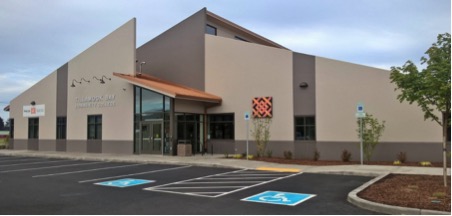
While in Tillamook we visited the following farms:
Jenck Farms
The Tillamook farm
- Runs 380 cows on 210 acres. The cows were all jersey genetics.
- They barn the cows in October when it starts getting wet with an average 20’ rainfall in October and 10’ Nov - Jan.
- The farm is free draining sandy loam soils
- They have 30 - 40 days’ effluent storage
- The cows produce 45lbs ms/day
- A springing heifer is worth $2000
- A contractor had quoted $2000 per cow to build them a freestall dairy barn
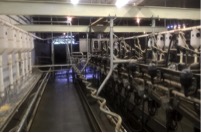
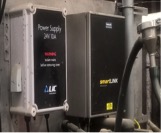
The Astoria farm
- Comprised 727 acres running 1,100 cows in four herds, through a 60 bail rotary shed
- 11 workers do 50-60 hours a week
- It is cultivated every day with a maxitill
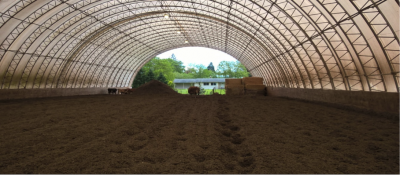
Elma Dairy
- Comprises 425 acres of which 225 is cultivatable
- Milk 1,100 cows three times per day producing 80lbs milk per cow per day
- All the cows are Holsten Friesian
- All cows are barned
- This farm exports its manure
- Biggest reason for culling is mastitis
- Labour cost $1.18 per head per day
- Dairy shed was a 48 aside herringbone that milks 200 an hour with two staff
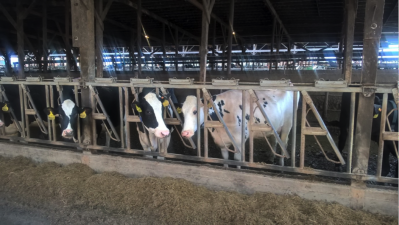
John Seymour’s farm
- John is 3rd generation on the farm
- 180 acres running 300 Kiwi Cross cows at 3.8 cows/Ha
- They use 100% LIC A2/A2 genetics and have done so for 25 years
- Semen straws can cost up to $35 for a high BW bull
- They calve 1st March - 1st May
- The only seasonal supplier to the TCCA (cooperative)
- Both John’s parents studied at Lincoln University
- John’s father is a kiwi from Collingwood and sold LIC genetics
- They milk through a 12 aside herringbone shed
- The cows are barned from 1st November to March
- They are plagued by upwards of 100 Elk coming on to their farm grazing feed intended for cows and breaking fences. Hunters are allowed one Elk per season so the problem is a difficult and costly one to manage

Valley Venture Farms
- 120 Holstein Friesian cows on an 80 acre dairy platform part of a 250 acre farm
- Milked 2.6 times every 24 hours through two Delaval robotic milking machines
- Average SCC 140k
- Use both a freestall and compost barn with cows having the choice of which one they use
- Compost barn is 140’ x 60’ in size = 100 square foot per cow
- Cull rate dropped from 33% to 20% since using compost barn
- It is made up of straw and wood shavings, cultivated every day with a power harrow, and emptied once a year
Martin Family Dairy
- 210 acre farm running 872 Jersey cows
- Milking through a 32 bail rotary shed with 3 staff milking
- First milking starts at 10am and finishes at 5pm when they are milked again
- They start mating heifers at 8-9 months of age with first calving at 19 months
- They mate/calve all year round
- All milking cows are barned
- All cows have been branded 2M since 1911
- They receive between $1850-$2000 per cull cow
Averill Dairy Farms
- They have 8 Delaval robotic milkers to milk 480 cows
- Cows are Friesian, Jersey and Brown Swiss

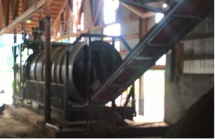
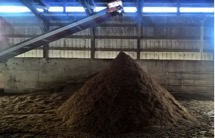
Kurt Mizee
- A family farm since 1918 that lies 6’ above sea level comprising 125 acre milking platform with a 50 acre runoff
- Pasture based system that runs 175 Holstein Friesian cows milked through three Lely robots
- They milked 260 cows conventionally before the robots which he installed five years ago
- Average SCC 125,000
- The cows are out of the barn between mid-April to mid-Nov
- Major selection criteria is milking speed in the robot = quicker milking = higher throughput
- 30% annual cull rate.
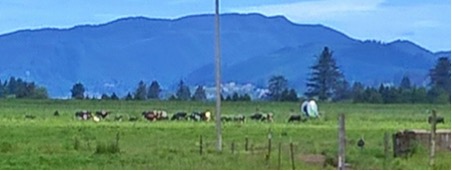
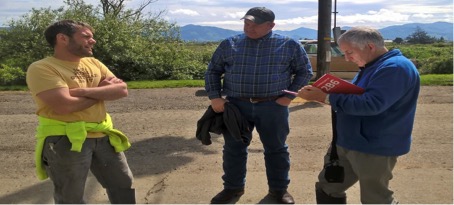
Next up: Read part 2 of the tour in the Netherlands >
